Pegaso Granito 2010
Descripción
Telmo Rodríguez se adentró en el pueblo de Cebreros cuando nadie había escuchado hablar de él ni de sus maravillosas posibilidades vinícolas. Es uno de los mejores ejemplos de compromiso con la recuperación de viñedos abandonados. La zona se caracteriza por la gran mineralidad que los suelos de pizarra imprimen a sus uvas, pero también por su mezcla con el granito, que aporta aún más matices dentro de esa mineralidad característica y que se traduce en recuerdos de piedras húmedas y notas terrosas profundas.
Ficha técnica
Cata
Viñedo y elaboración
Opinión de los críticos
"The 2010 Pegaso Granito is produces with Garnacha grapes grown on granite soils in the village of Cebreros, province of Ávila, officially a Vino de la Tierra de Castilla y León that belongs to the Gredos mountains. Tasting this next to the same wine from vineyards grown a few meters away, but where the soil is slate, more clearly shows the red berry and more floral character from the grapes grown on granite. It's quite balsamic with a note of aniseed and lavender, plus notes of candied strawberries that develop with time. The palate is lush and round, with a velvety texture and ultra-fine tannins and a finish lifted by the alcohol. I'd opt for drinking this at around 15 C. It feels very youthful with a lactic note that should integrate with a little more time in the bottle. Today, the nose of the granite has the edge over the slate bottling, and while the style of the granite pleases me more, the slate will evolve into a better wine; but the difference is minimal. Once the bottle is opened it evolves faster. Great wine anyway! 4,410 bottles produced."

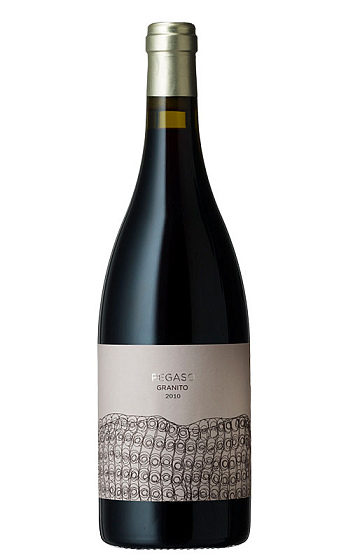

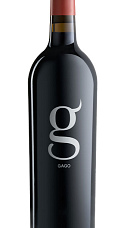
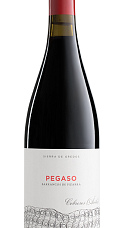
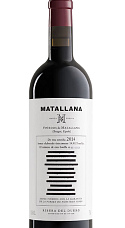
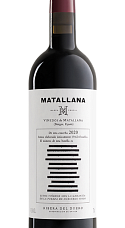


Añadas: 2021 2015 2014 2010
Esta añada no tiene valoraciones todavía. Pincha en las otras añadas para ver sus valoraciones.
Esta añada no tiene valoraciones todavía. Pincha en las otras añadas para ver sus valoraciones.
Decepción